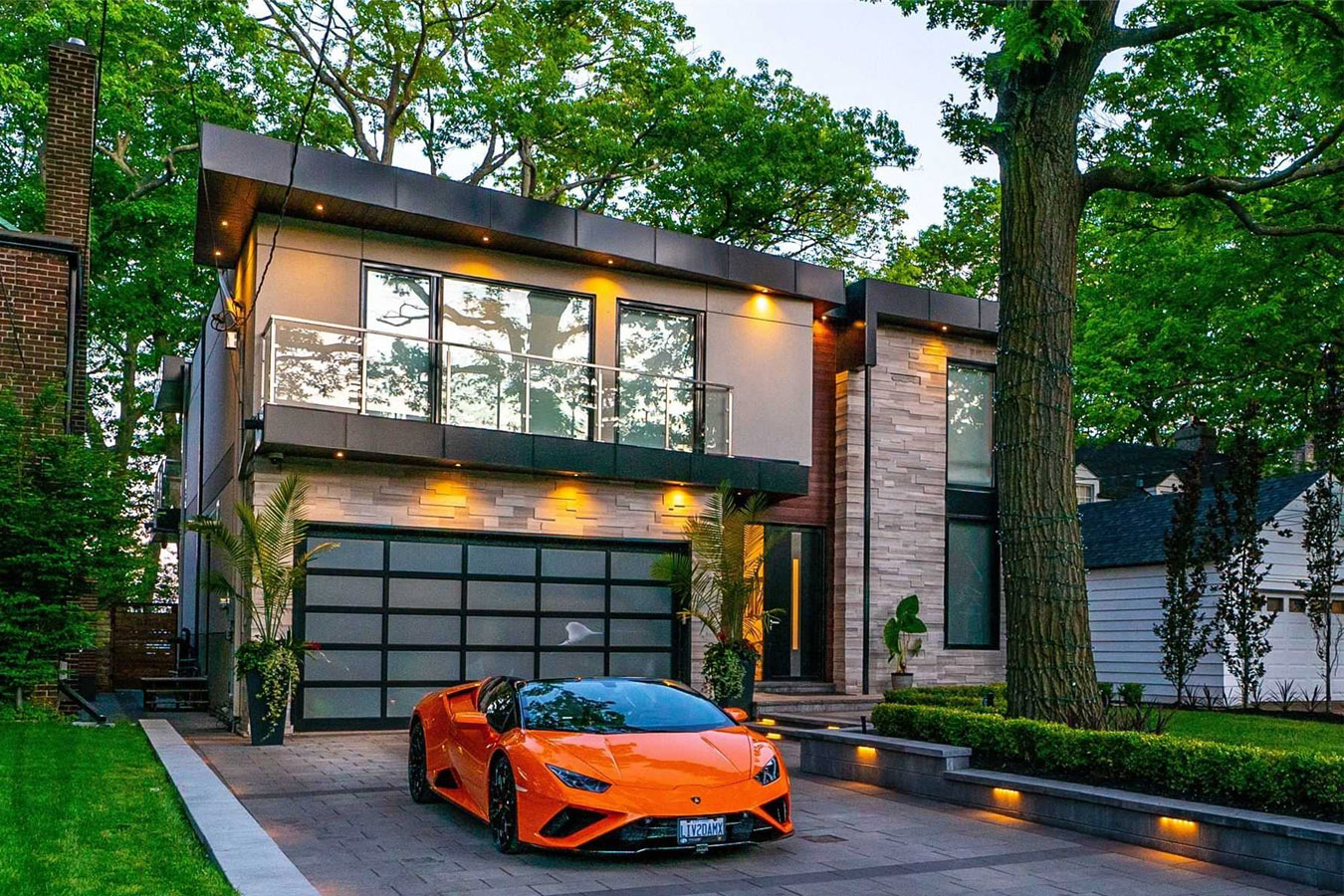From Canvas to Architecture: How Layered Textures Transform Spaces
In the world of design, texture plays a crucial role in transforming spaces from ordinary to extraordinary. From the canvas of a painting to the architecture of a building, layered textures can create depth, interest, and visual appeal. In this article, we will explore how different textures can be used to enhance various environments and evoke specific emotions.
The Importance of Textures in Design
Textures add a tactile quality to a space, inviting people to touch, feel, and interact with their surroundings. Whether it’s the rough surface of a stone wall or the softness of a plush rug, textures provide sensory experiences that can influence our perception of a space. By incorporating a variety of textures, designers can create a dynamic and visually engaging environment that stimulates the senses.
When it comes to architecture, textures can also serve practical purposes. For example, rough textures can help to reduce glare and reflect light in certain ways, while smooth textures can create a sleek and modern aesthetic. By carefully considering the textures used in a building’s design, architects can enhance its functionality and visual appeal.
Exploring Different Types of Textures
There are endless possibilities when it comes to incorporating textures into a design. Some common types of textures include:
- Smooth textures: These textures are sleek and polished, creating a clean and contemporary look.
- Rough textures: Rough textures add a sense of ruggedness and authenticity to a space, making it feel more grounded and earthy.
- Soft textures: Soft textures, such as velvet or silk, add a sense of luxury and comfort to a space.
- Hard textures: Hard textures, like metal or glass, create a sense of strength and durability.
By combining these textures in different ways, designers can create a harmonious and balanced environment that appeals to all the senses.
FAQs
Q: How can textures be used to enhance a small space?
A: In a small space, textures can be used to create the illusion of depth and dimension. By incorporating a mix of textures, such as rough and smooth, light and dark, designers can visually expand the space and make it feel more spacious.
Q: What are some tips for incorporating textures into a design?
A: When incorporating textures into a design, it’s important to consider the overall aesthetic and mood you want to create. Start by selecting a few key textures that complement each other and work well with the existing elements in the space. Experiment with layering textures to add depth and interest, and don’t be afraid to mix and match different textures for a unique and personalized look.
For more inspiration on how textures can transform spaces, check out this article on The Power of Textures in Interior Design.

